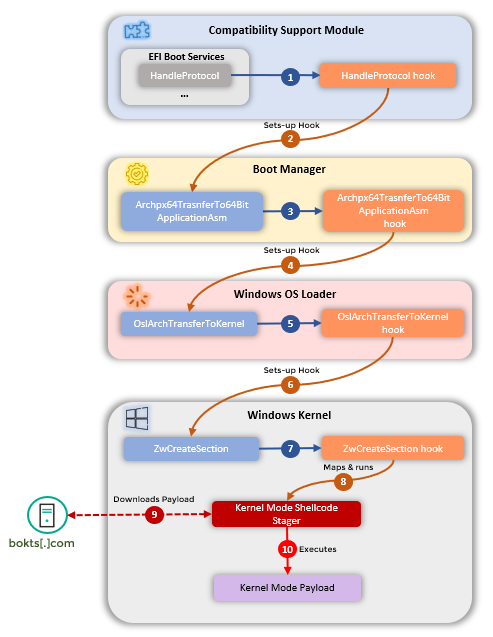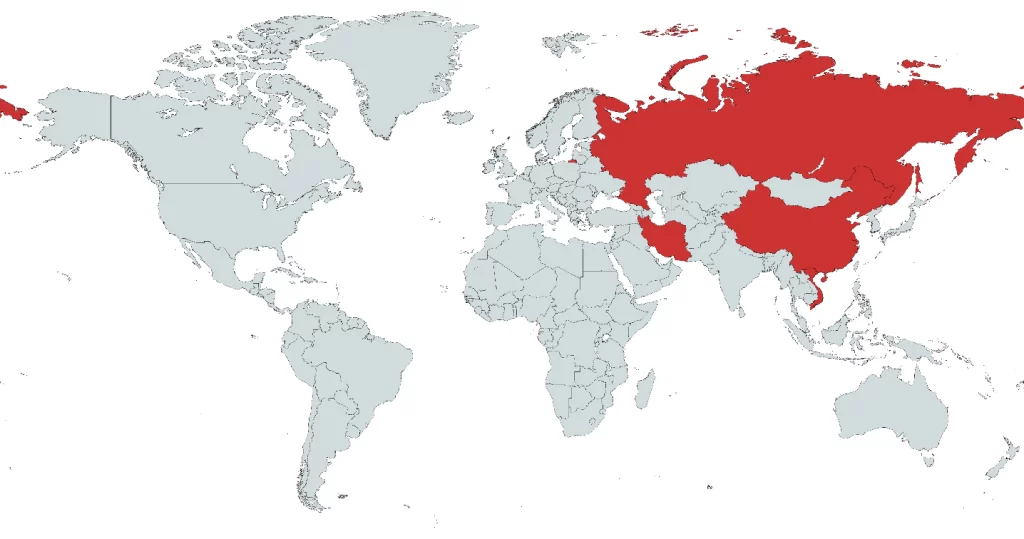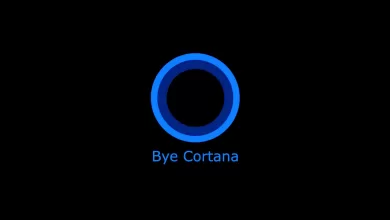Researchers at cybersecurity company Kaspersky called it CosmicStrand but an earlier variant of the threat was discovered by malware analysts at Qihoo360, who named it Spy Shadow Trojan.
It is unclear how the threat actor managed to inject the rootkit into the firmware images of the target machines but researchers found the malware on machines with ASUS and Gigabyte motherboards.
The Unified Extensible Firmware Interface (UEFI) software is what connects a computer’s operating system with the firmware of the underlying hardware.
UEFI code is the first to run during a computer’s booting sequence, ahead of the operating system and the security solutions available.
Malware planted in the UEFI firmware image is not only difficult to identify but is also extremely persistent as it cannot be removed by reinstalling the operating system or by replacing the storage drive.
A report from Kaspersky today provides technical details about CosmicStrand, from the infected UEFI component to deploying a kernel-level implant into a Windows system at every boot.
The entire process consists of setting up hooks to modify the operating system loader and take control of the entire execution flow to launch the shellcode that fetches the payload from the command and control server.
Mark Lechtik, a former Kaspersky reverse engineer, now at Mandiant, who was involved in the research, explains that the compromised firmware images came with a modified CSMCORE DXE driver, which enables a legacy boot process.
“This driver was modified so as to intercept the boot sequence and introduce malicious logic to it,” Lechtik notes in a tweet on Monday.
While the CosmicStrand variant Kaspersky discovered is more recent, researchers at Qihoo360 disclosed in 2017 the first details about an early version of the malware.
The Chinese researchers got to analyzing the implant after a victim reported that their computer had created a new account out of the blue and the antivirus software kept alerting of a malware infection.
According to their report, the compromised system ran on a second-hand ASUS motherboard that the owner had purchased from an online store.
Kaspersky was able to determine that the CosmicStrand UEFI rootkit was lodged in firmware images of Gigabyte or ASUS motherboards that have in common designs using the H81 chipset.
This refers to old hardware between 2013 to 2015 that is mostly discontinued today.
It is unclear how the implant was placed on the infected computers since the process would involve either physical access to the device or through a precursor malware capable of automatically patching the firmware image.
Victims identified by Kaspersky also provide few clues about the threat actor and their objective since the identified infected systems belong to private individuals in China, Iran, Vietnam, and Russia that could not be linked to an organization or industry.
However, the researchers connected CosmicStrand to a Chinese-speaking actor based on code patterns that were also seen in the MyKings cryptomining botnet, where malware analysts at Sophos found Chinese-language artifacts.
Kaspersky says that the CosmicStrand UEFI firmware rootkit can persist on the system for the entire life of the computer and has been used in operations for years, since the end of 2016.







